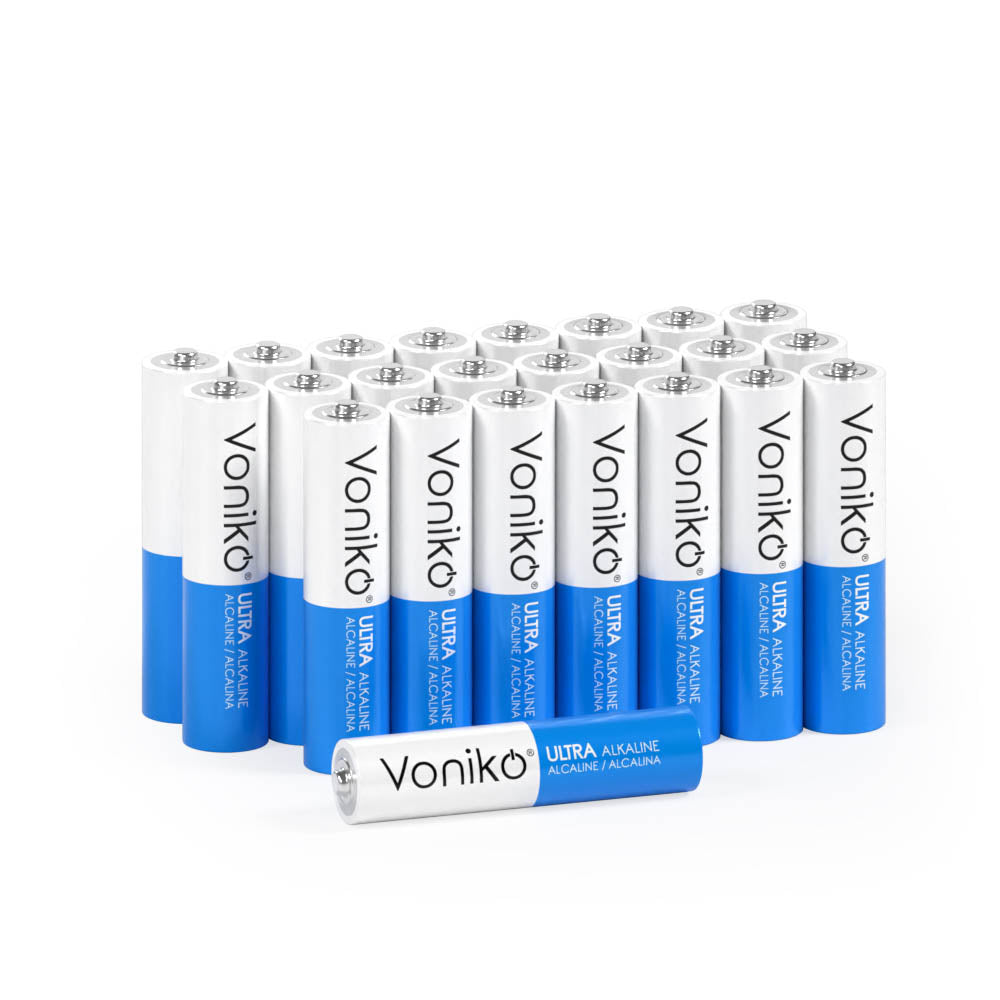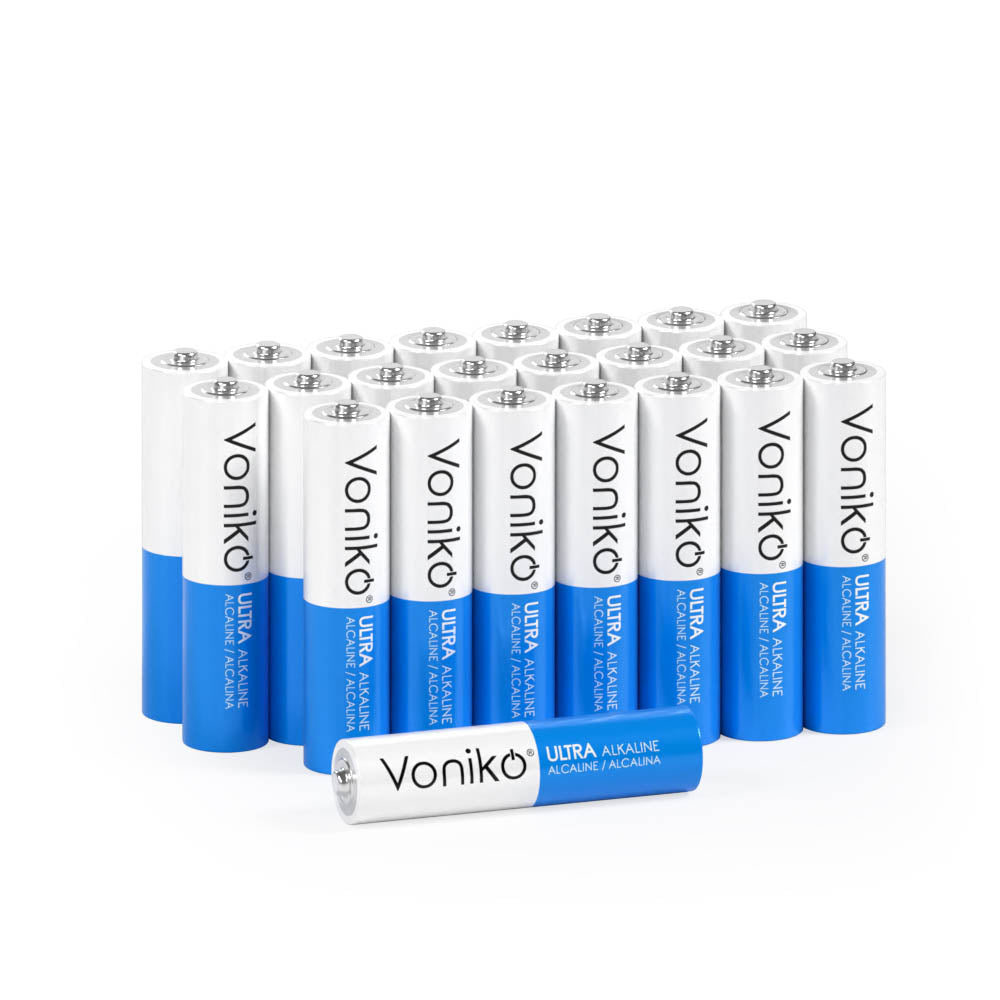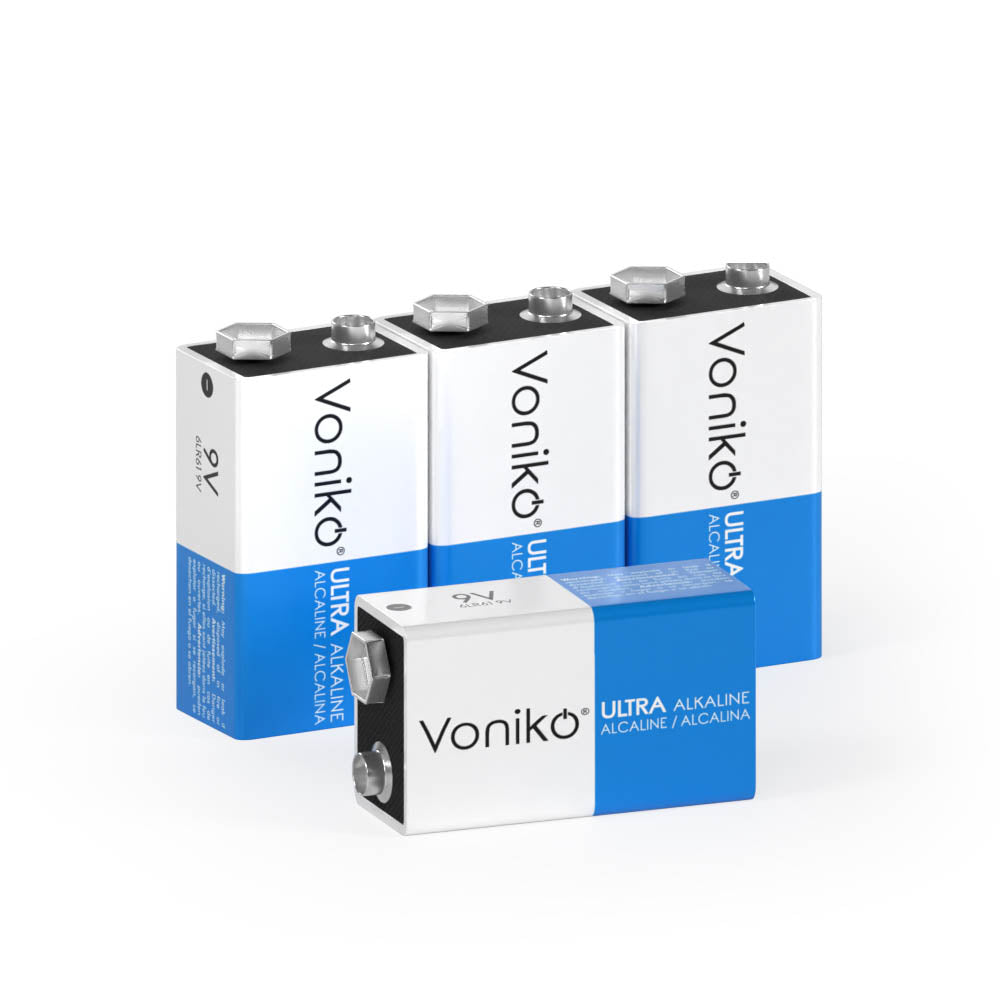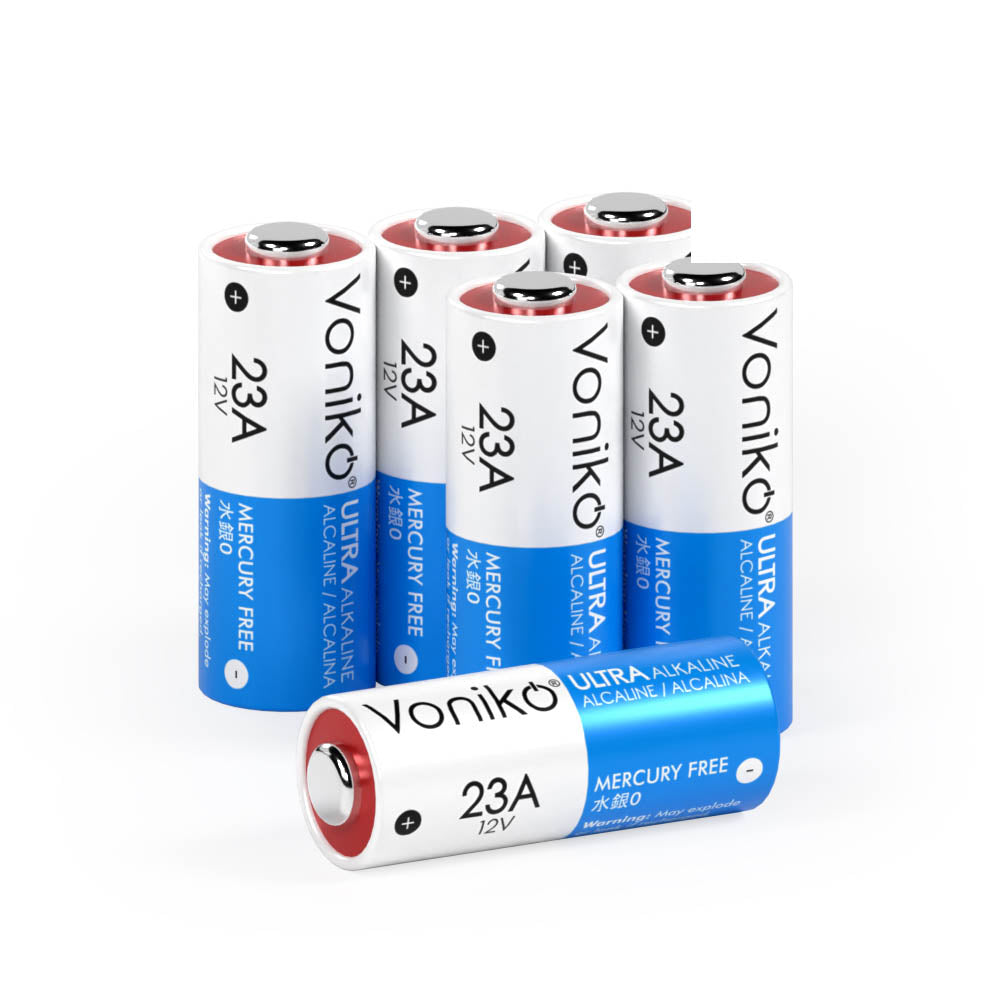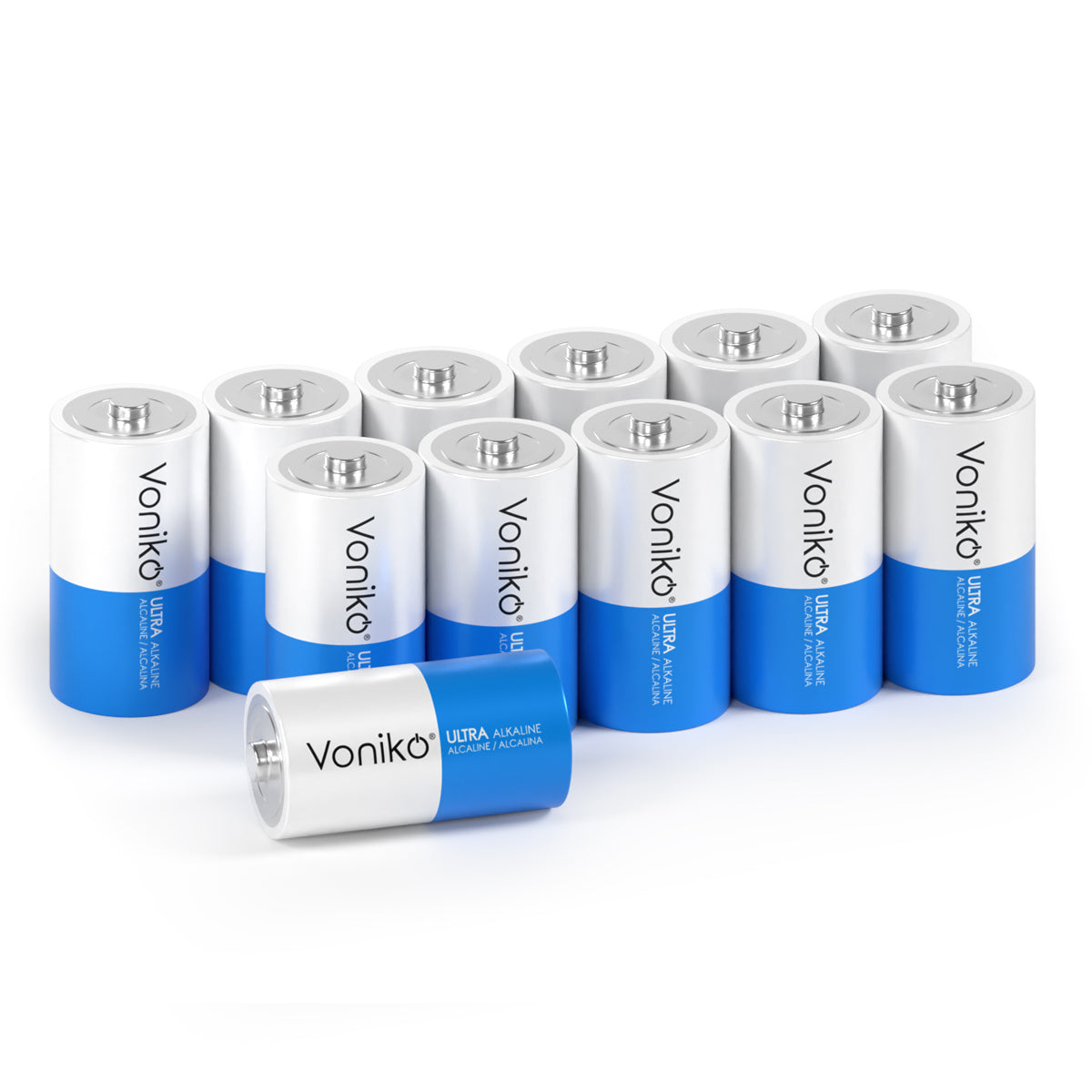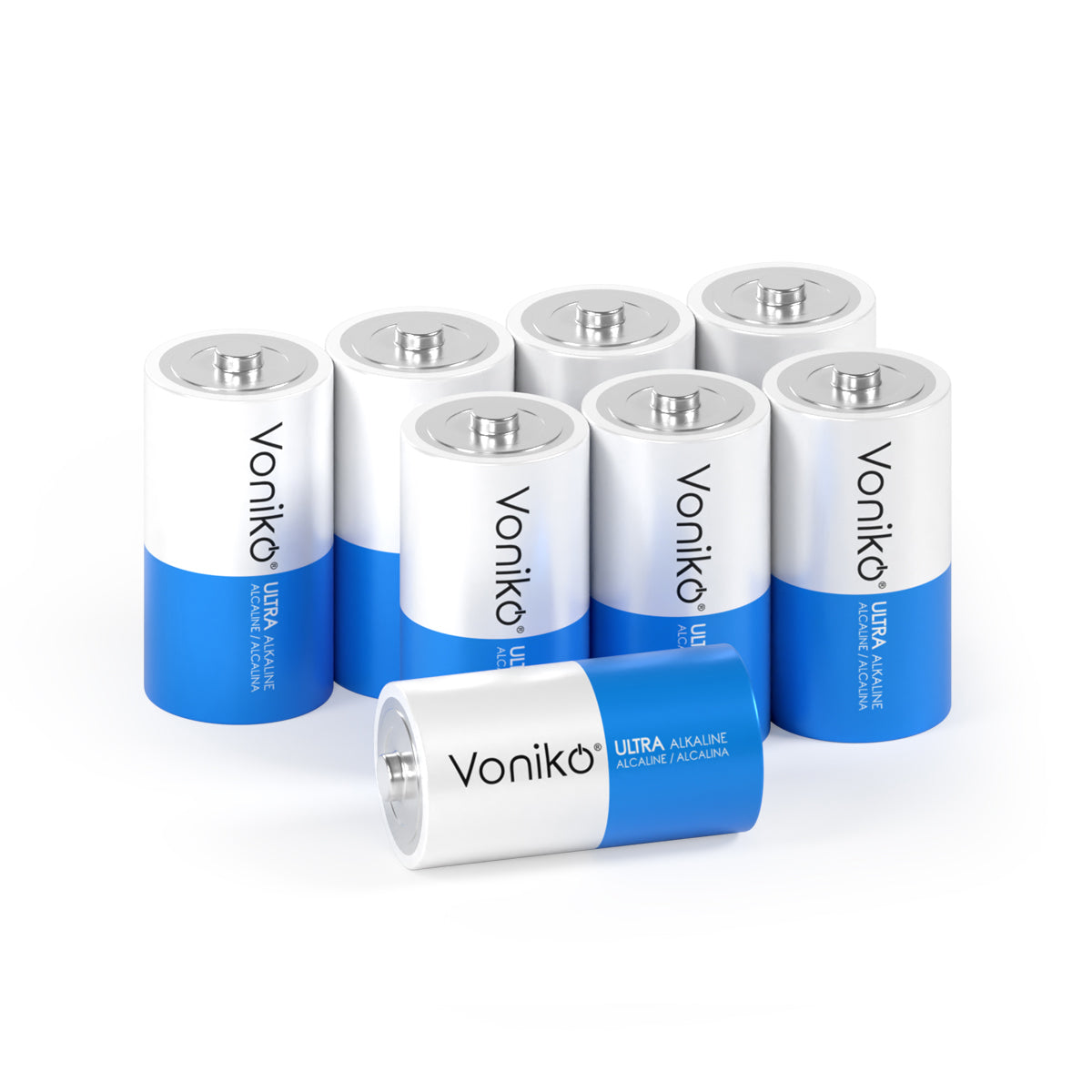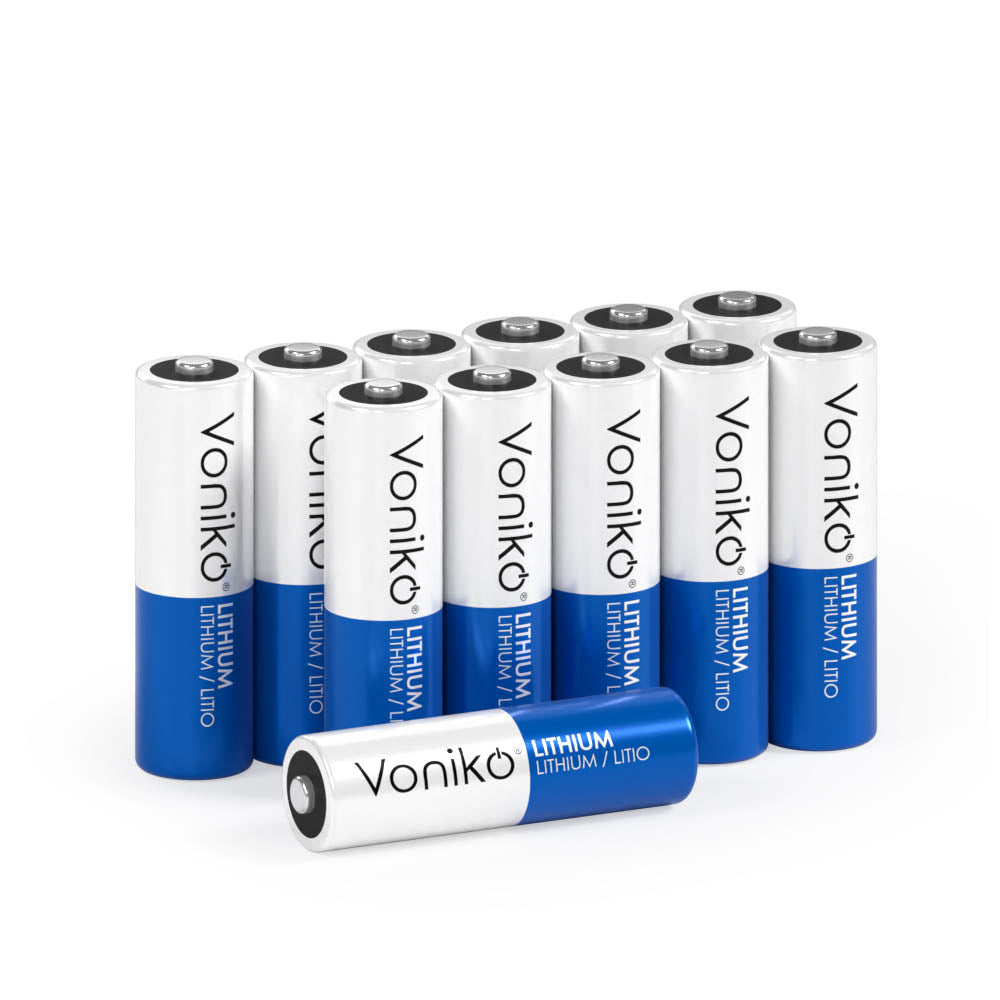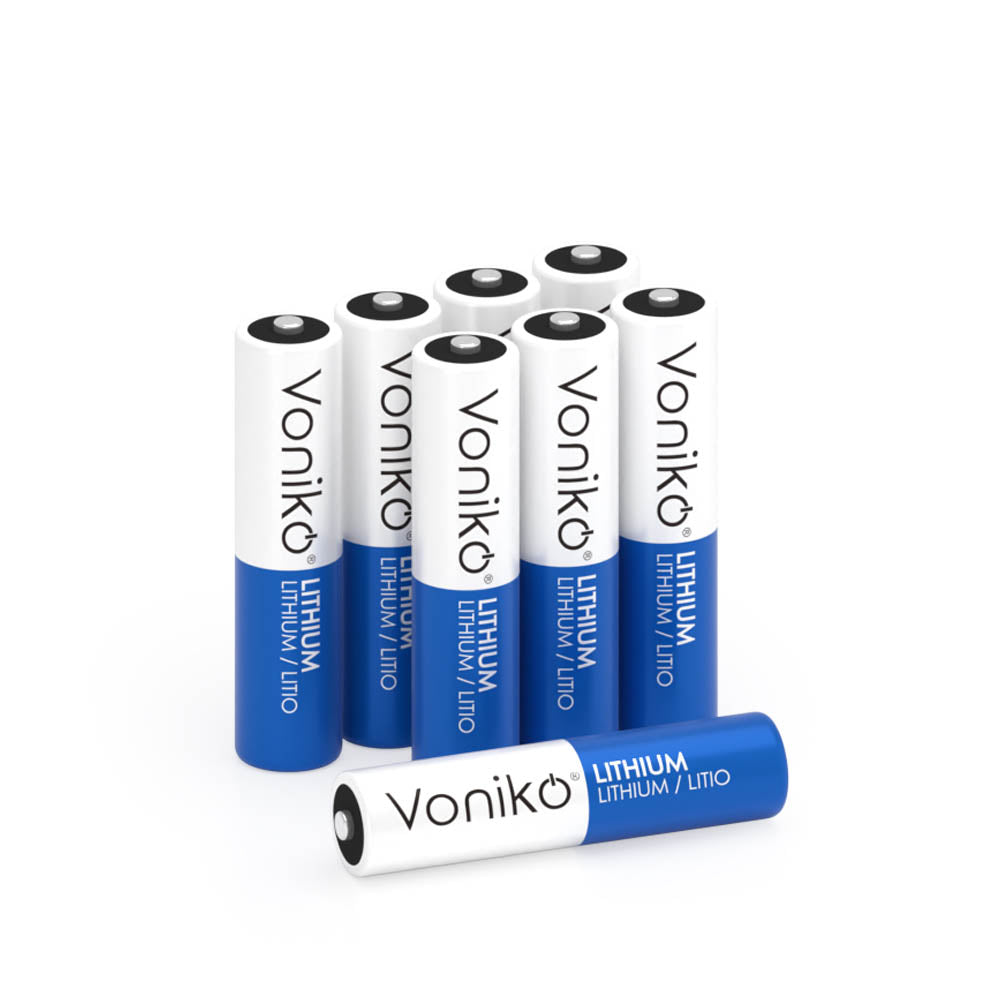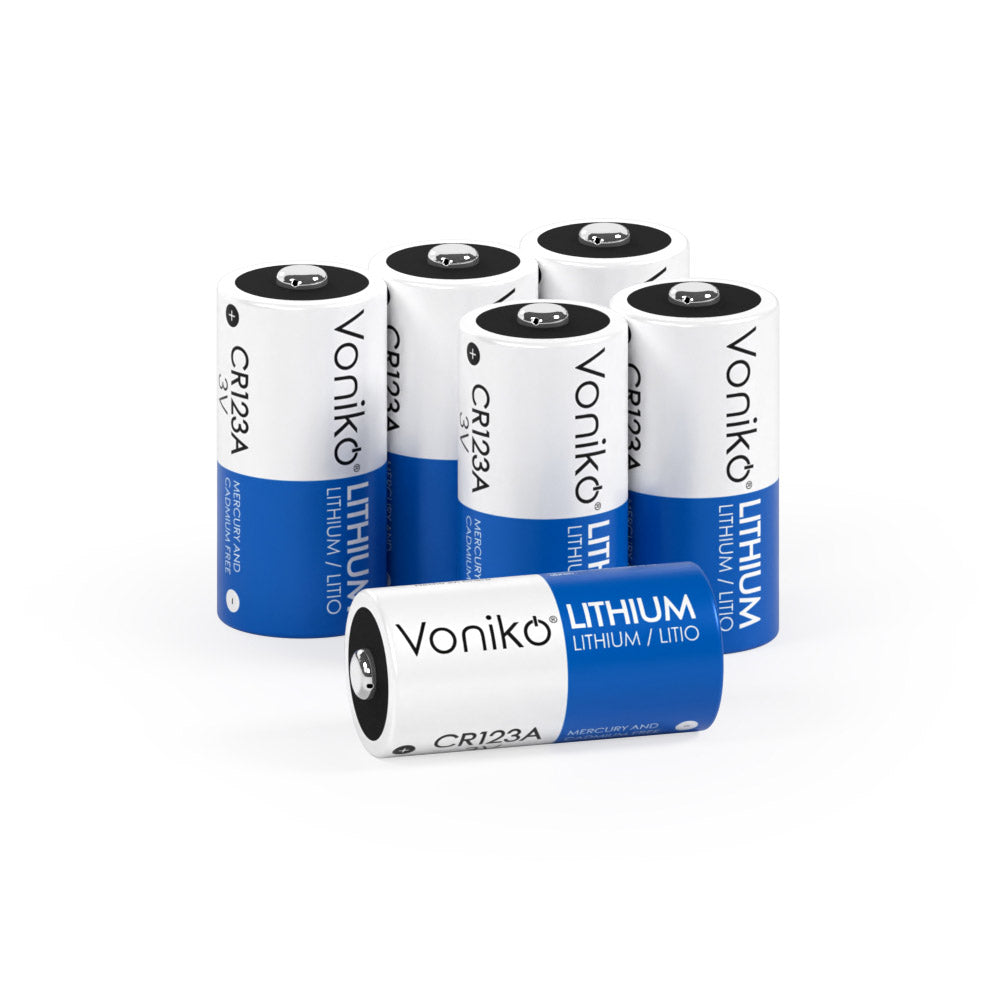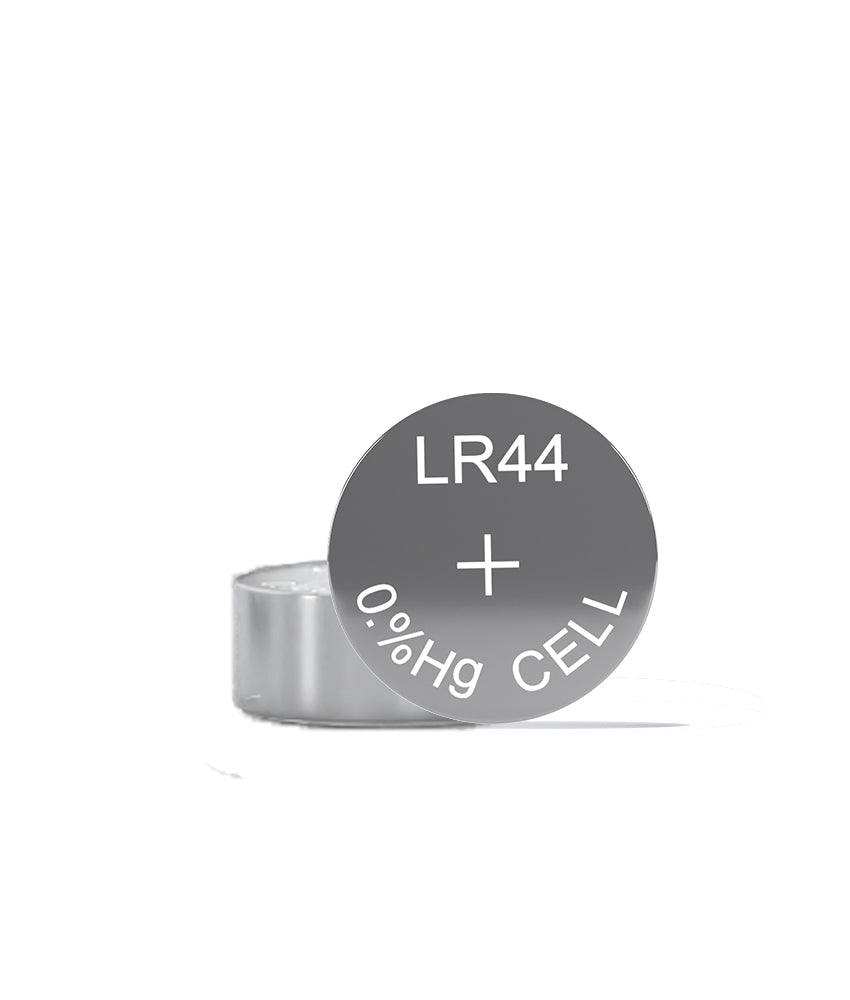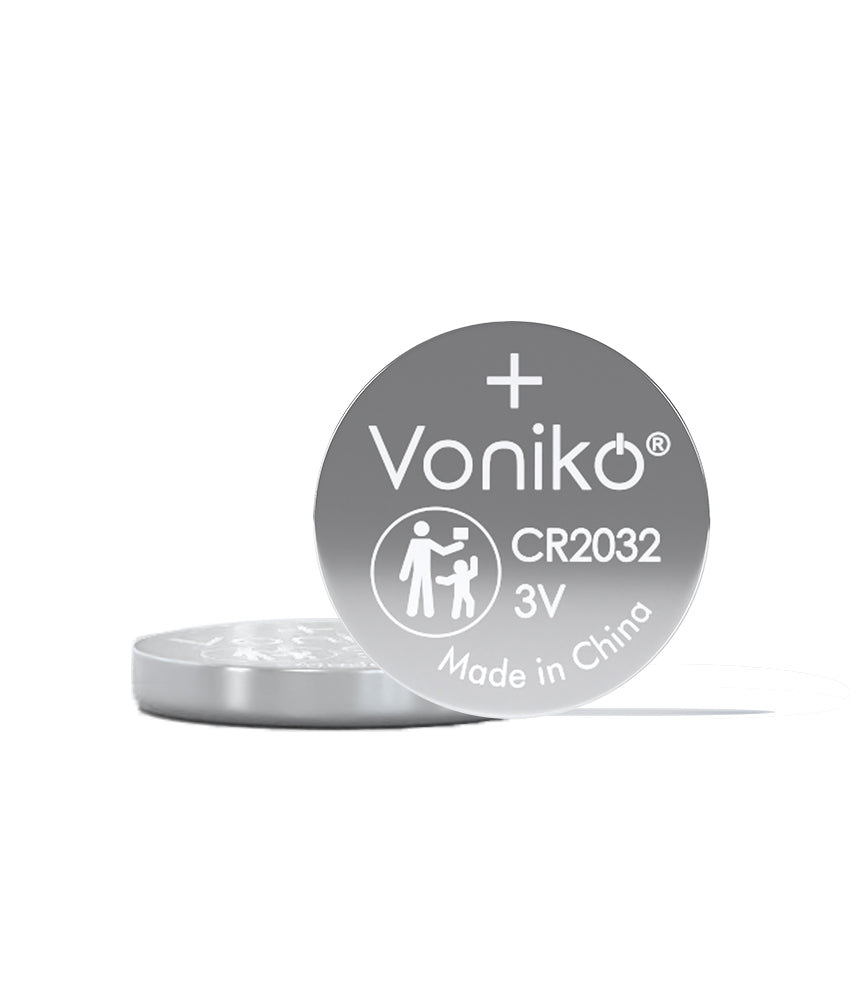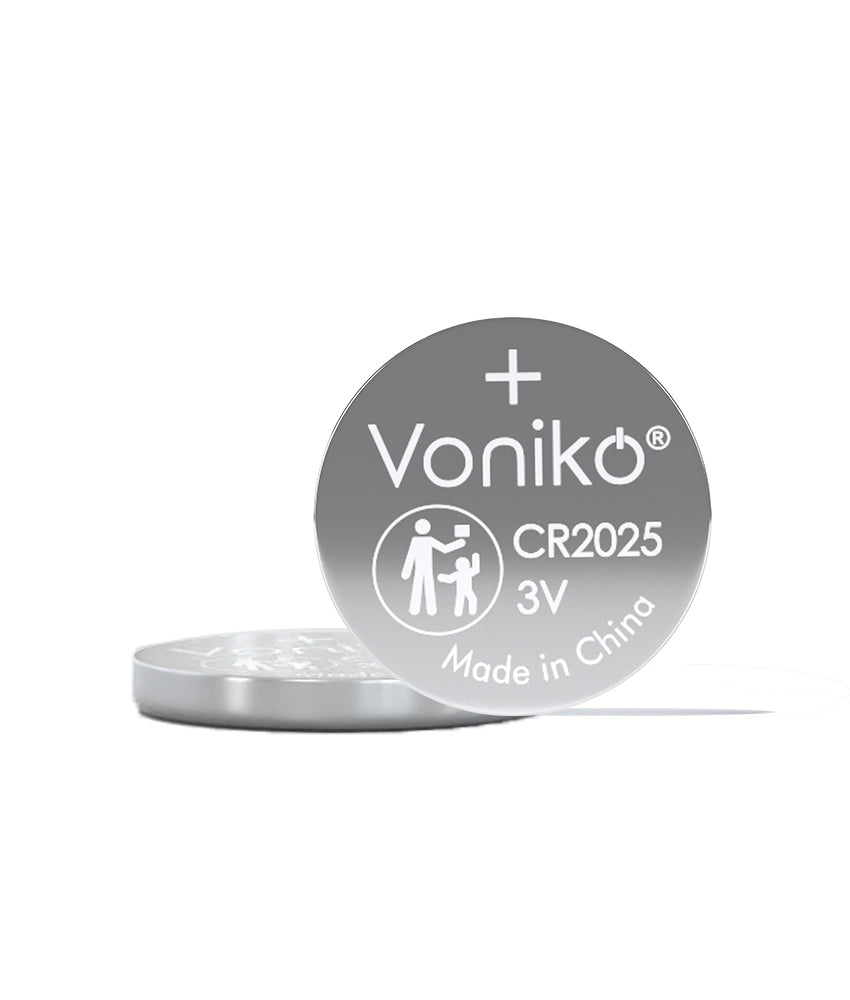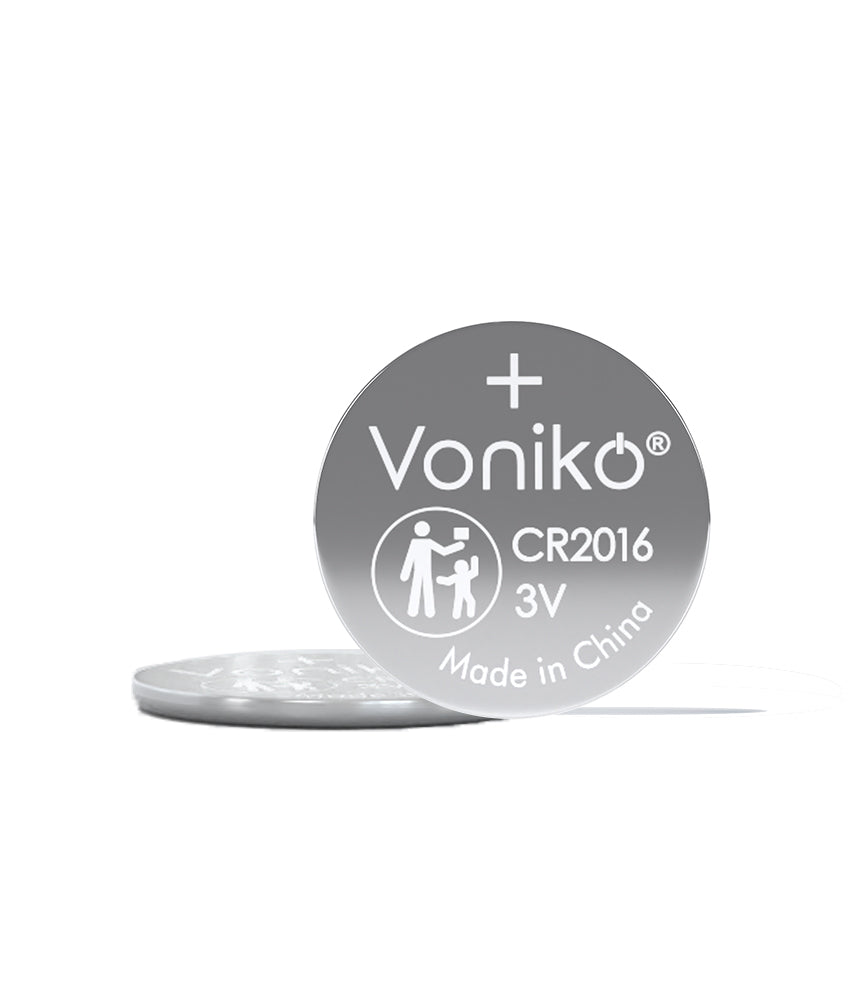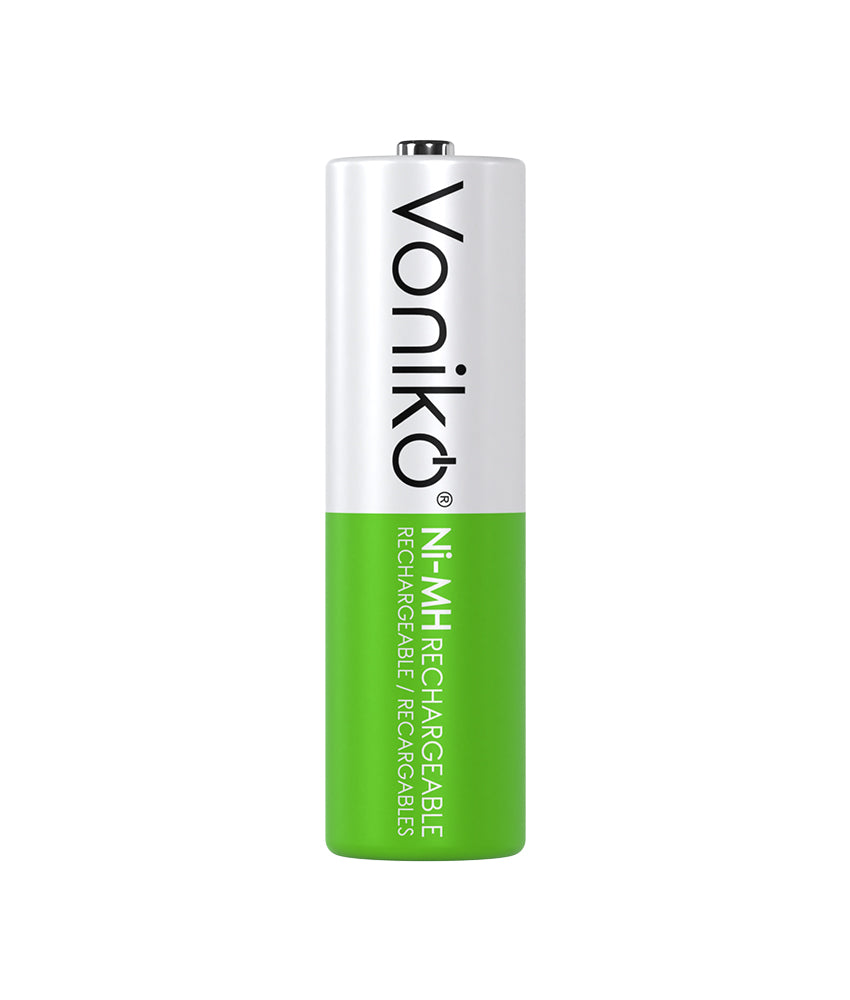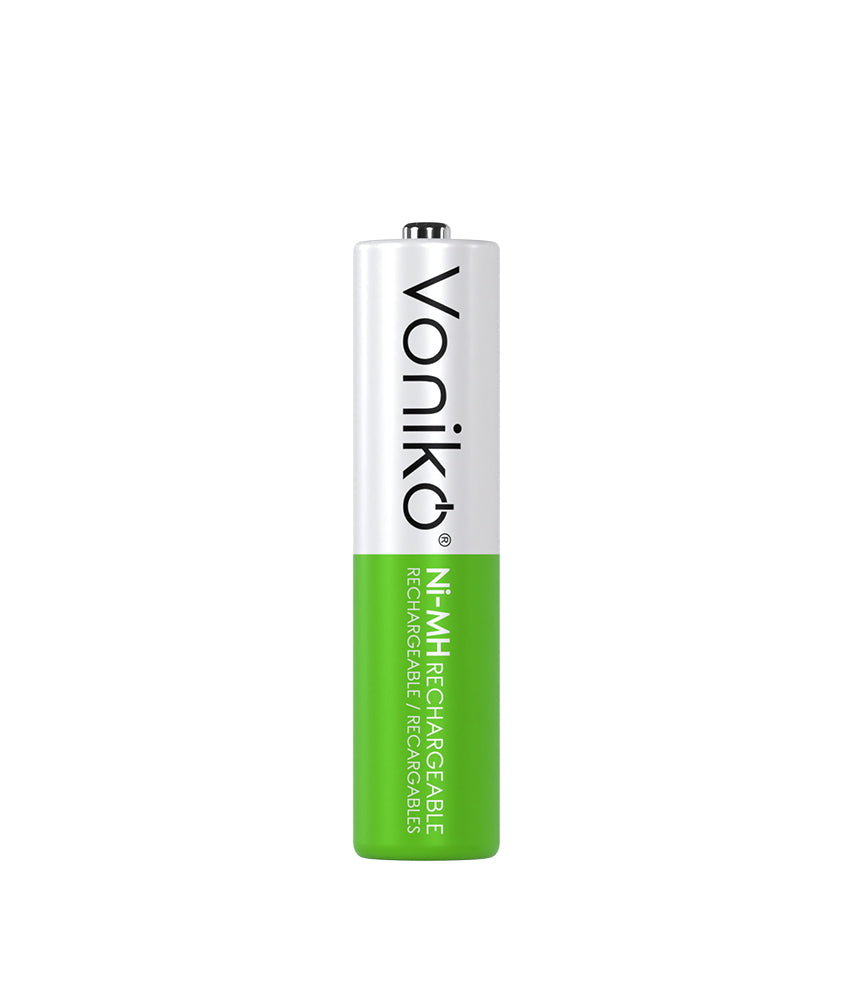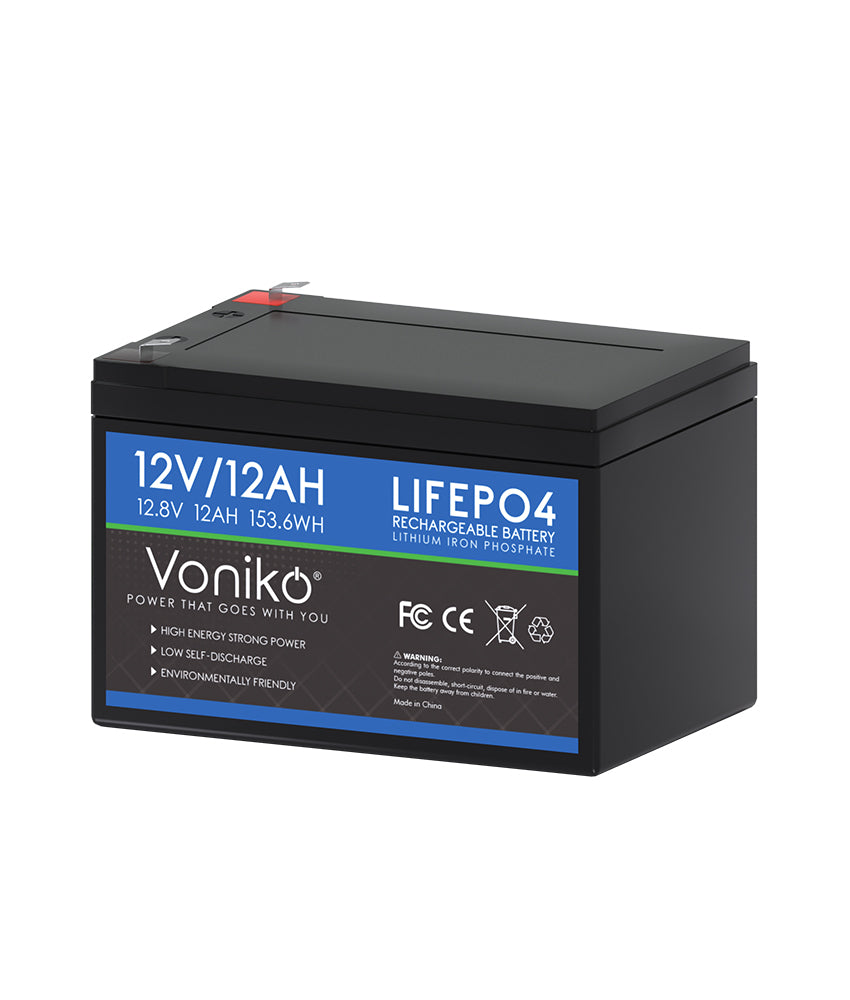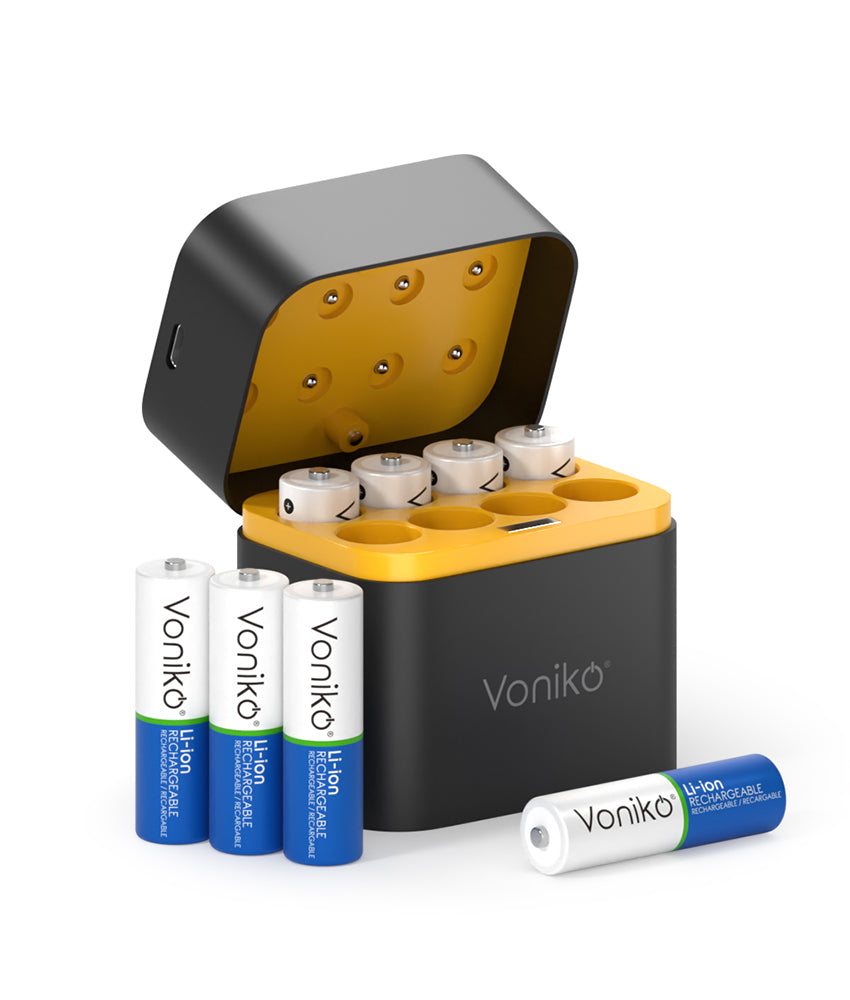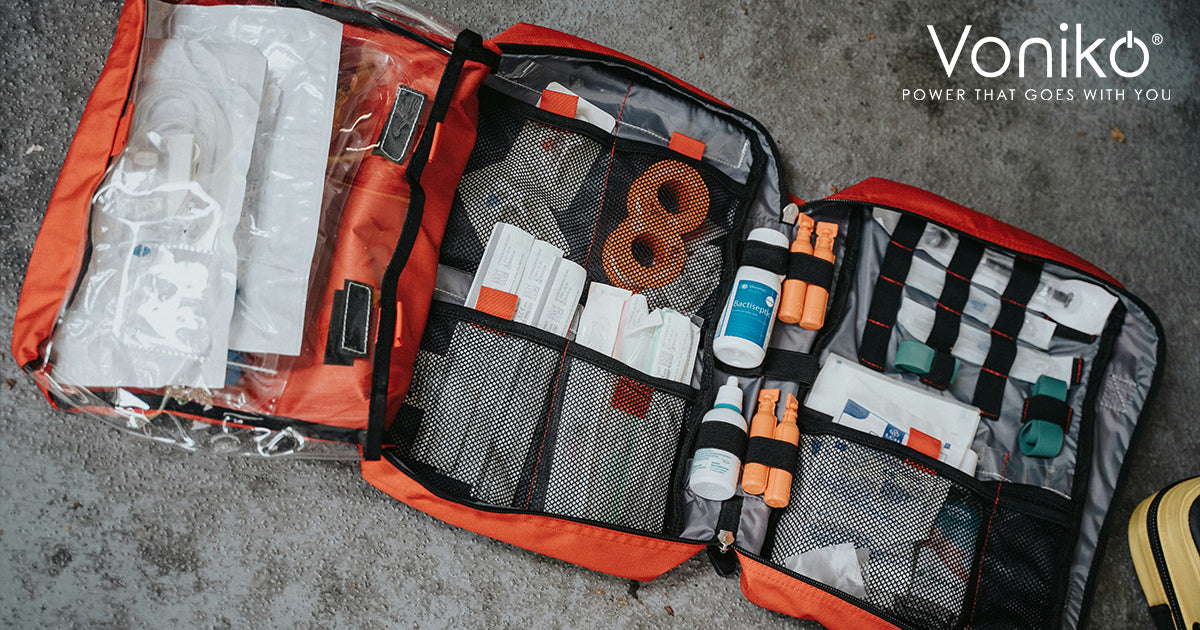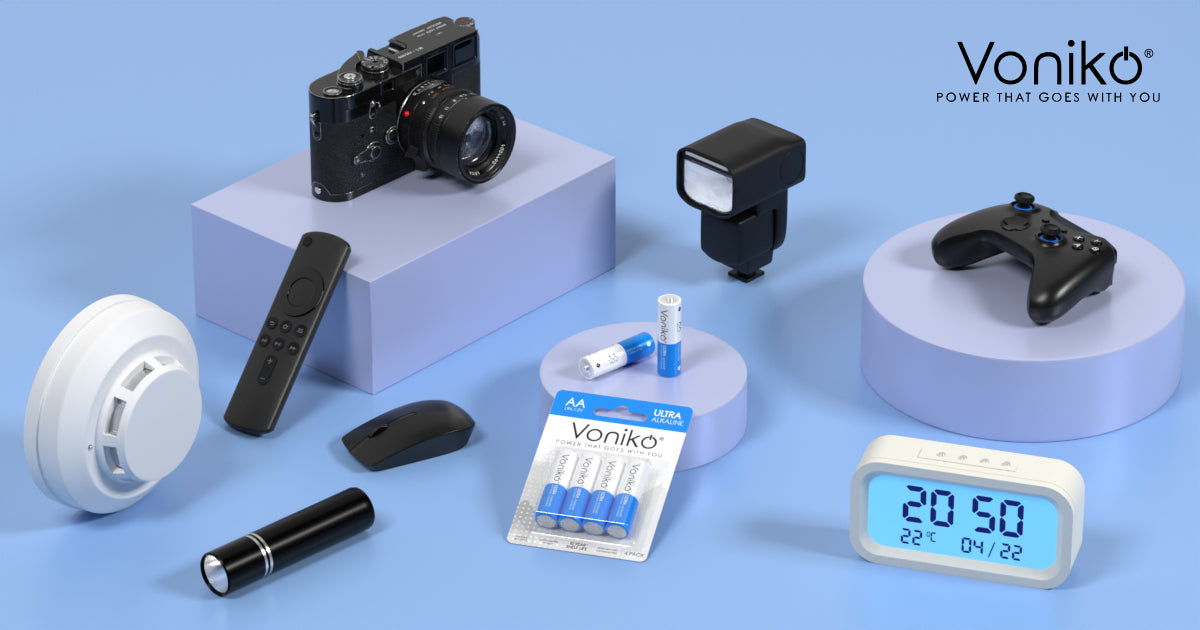Protect yourself and the people you care about most by planning for earthquakes.
Earthquakes occur without notice. They weaken structures and cause damage to roadways and water mains. The natural phenomenon puts individuals and families in compromising positions by jeopardizing their safety. It’s more important now than ever to have a plan in place for earthquakes.
Being able to evacuate a compromised building quickly and safely is your number one priority. Reuniting with your family if everyone is in different locations at once is imperative. The first order of business you should consider when planning for an earthquake is knowing where everyone will meet once it’s over.
The second most important thing to do is to create an emergency earthquake kit. It improves your rate of survival and gives you access to necessary supplies that may be impossible to get following an emergency. Knowing what to include in your kit allows you to plan with greater efficiency and precision.
Check out more about what should be included in your Hurricane Kit.
You’ll have more than just triple-A batteries on hand. And prepare to take different types of batteries as a backup to make sure you can tide it over.
What to Include in Your Emergency Earthquake Kit
The CDC provides detailed lists of items to include in your first aid kit, inside your home, at your workplace, and inside your automobile. To make sure that you’re safe everywhere you go, we’ve included some of the essential items to keep with you at each location you’re at.
For Your First Aid Kit

A well-stocked first-aid kit is vital as you or someone around you may require immediate medical care following an earthquake. Having the essentials within reach allows you to quickly clean and dress the wound, apply a topical gel to a burn or blister, and even signal for help if you’re trapped in the rubble.
You can assemble a kit yourself or purchase a pre-assembled one filled with supplies you’d likely use. Either option is fine, with the first catering to your needs personally and the second being more cost-effective. It’s up to you how you decide to purchase a first aid kit.
If you opt to stock your own bag, you’ll want to include the following items in it:
● Prescription Medication
● Hydrogen Peroxide
● Alcohol Swabs
● Antibacterial Ointment
● Aspirin and Pain Reliever
● Adhesive Bandages
● Bandage Wraps
● Medical Scissors
● Tweezers
● Cotton Swabs
● Ventilator Mask
● CPR Mask
● Sanitary Products
● Safety Pins
● Small Sewing Kit with Needles
You can continue to add items as you see fit. Having a copy of a First Aid handbook helps provide you with instructions in the event of an emergency. You can find pocket-sized titles small enough to keep inside your kit easily.
For Your Home Kit
Having items vital to your safety and survival inside your home is imperative. It doesn’t require much to buy them and store them where you can easily reach them. Home tools for your kit include an ax, broom, shovel, hammer, screwdriver, and pliers. Rope, plastic sheeting, and tape are also useful items to have available as you may need them for rescue efforts.
Comfort items are also of necessity. Pillows and sleeping bags, a portable radio, flashlights, and Voniko batteries help create a calm environment following a chaotic event. Having access to food, water, medication, cash, pet food, diapers, and even a tent makes a world of difference depending on the situation you find yourself in.
For Your Workplace Kit
You spend a great deal of time away from home, so it only makes sense to prepare for earthquakes while at work, too. The kit that you’ll build for work is similar in design to the one you’ve created at home with a first aid kit and AAA batteries being vital. You’ll also want to make sure that you have access to non-perishable food and water.
Other items to include in your workplace earthquake kit are:
● Non-Perishable Food
● Bottled Water
● Prescription Medications
● A Jacket or Sweater
● Sturdy Closed-Toe Shoes
● Flashlight
● Small Crank Handle Radio
● Blanket
● Small First Aid Kit
● Eyeglass Repair Kit
● Extra Pair of Glasses or Contact Lenses
● Contact Lens Solution
● Emergency Phone Number List (Printed and Laminated)
Keeping laminated identification cards with your name, birthdate, emergency contact number, photo, and blood type is very important to have in all of your kits. In the event you and your wallet or purse are separated, you’ll still have a way of letting rescuers and hospital staff know who you are and how to help you. You can create the cards yourself at home with a printer or go to the nearest office supply store for assistance with printing and laminating them.
For Your Automobile Kit

Stocking your auto with the essentials is a wise move, especially if you spend any length of time commuting. The last thing you want to do is be away from your home earthquake kit and workplace earthquake kit and need supplies from both. Having a smaller version of your home kit inside your vehicle allows you to protect yourself and others from the aftershocks caused by seismic activity.
Some of the most useful items to buy for a car include:
● Batteries
● Bottled Water
● Non-Perishable Food
● A Change of Clothing
● Gloves
● Rope
● First Aid Kit
● A Map of the Area and Compass
● Toilet Paper
● Pre-Moistened Wipes
● A Mirror for Signaling
● A Tool Kit with Hammer, Screwdriver, Pliers, and Wrench
● Jumper Cables
● A Can of Flat Tire Fixative
● A Whistle
Now that you know what to put into each kit that you keep with you in different locations, you’ll want to see where you can buy various items. The next section addresses different places where supplies can be purchased to stock your miscellaneous emergency earthquake kits.
Where to Buy Supplies
There is no shortage of places to buy earthquake kit supplies. Most major retailers carry many of the items you need under one roof. You’re also able to pick up many things at discount stores, secondhand shops, and dollar stores.
If you’re short on time and don’t want to deal with crowds, you have the option to shop online retailers. There is no end to the number of virtual storefronts you have access to day and night. For AAA batteries, Voniko makes the most sense.
Not only are the Ultra Alkaline Batteries longer-lasting than ordinary carbon batteries, but they also have a ten-year shelf life, which means you can store them in an earthquake kit with little effort. They’re also environmentally safe and work in extreme temperatures. Having AAAs available ensures that everything battery-powered in your earthquake kit works when you need it to.

Gain Greater Peace of Mind Knowing That You’re Protecting Yourself and Your Family
Make sure to protect yourself and your family at all times. Putting together an emergency earthquake kit is a precautionary measure that gives you greater peace of mind and security. It allows you to prepare for natural disasters where quick thinking is vital. Being on-the-go often makes it essential to keep an emergency earthquake kit at home, in your vehicle, and at work.
Stocking your kits with bulk D batteries ensures that you’re able to power devices that provide safety in the event of an emergency. There is no telling what infrastructure issues prevail following an earthquake. You may find it impossible to put out a phone call to family and friends, alerting them to your whereabouts, too.

